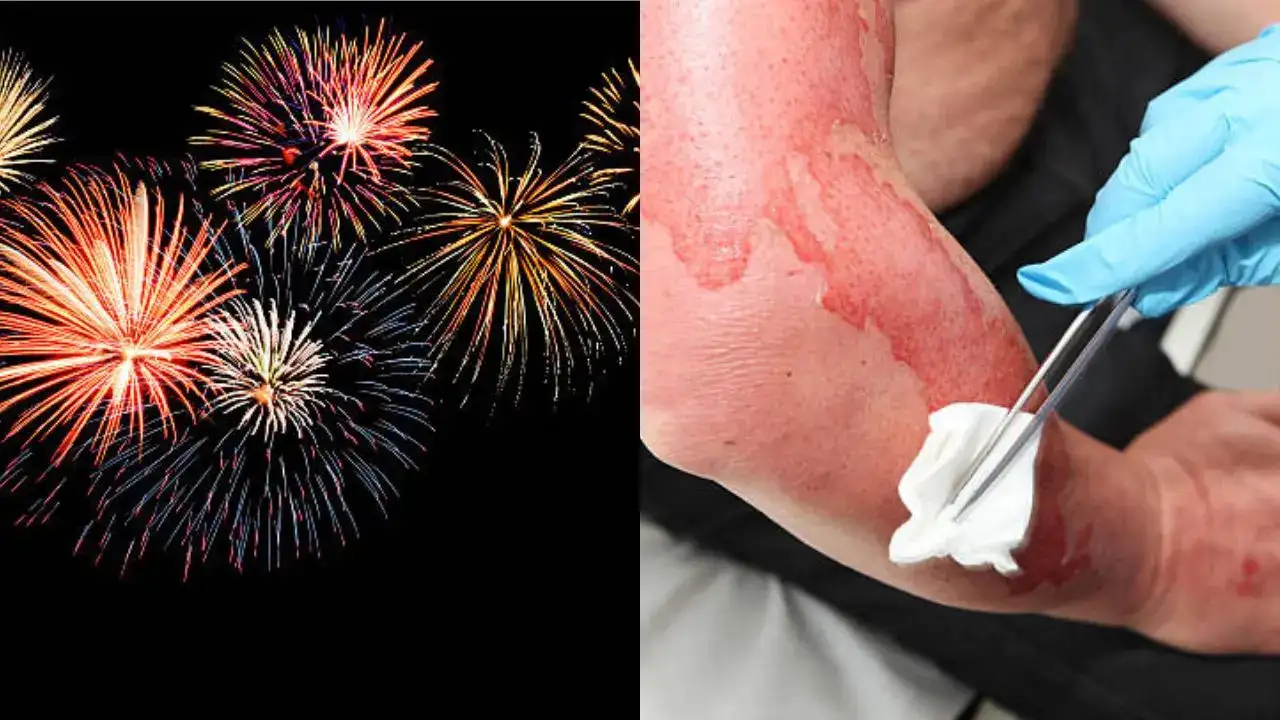
More than 45,000 people visit the ER on July 4 and 5 every single year, meaning Independence Day has the year’s highest number of daily medical emergencies
The 4th of July is among the most favourite holidays for Ameri as it is marked by patriotic celebrations with family and friends. However, for many people, this holiday ends up in hospitals with pain and tears. According to data, more than 45,000 people visit the ER on July 4 and 5 every single year, meaning Independence Day has the year’s highest number of daily medical emergencies.
Ohio-based Dr. Ryan Marino, an ER doctor and associate professor at Case Western Reserve University, said most injuries related to this date are heat-related. “This time of year, we see big increases in traumatic injuries and heat-related illness,” he told the New York Post. “While fireworks accidents and injuries get most of the attention, there are far more falls, broken bones, head injuries, and car accidents, just to name a few,” he added.
As people are more likely to be outside and active during the holiday, that makes them more prone to accidents and injuries. According to the National Safety Council, as travellers prepare for the holiday, warnings have been issued for high traffic fatalities that are expected over the day. Each year, the NSC projects how many traffic deaths may occur on Independence Day using the National Highway Traffic Administration Fatality Analysis Reporting System data.
Doctors have repeatedly echoed that July 4th is one of the busiest holidays for ERs across the country.
Most common injuries on July 4
Several ER doctors have shared the specific injuries that dominate emergency rooms during this holiday weekend. A few of these include:
Injuries related to fireworks
So far, fireworks have been a major source of wounds and trauma, especially among the younger population. Doctors say most of the affected patients have minor hand and facial burns from severe trauma from fireworks exploding nearby. Many children report serious eye injuries, which include burns in the cornea, scratches, and even permanent vision loss due to flying debris. Many times, a string of loud crackers also causes temporary hearing issues, especially in young children, or causes tinnitus or even long-term hearing damage.
Alcohol poisoning
Over the holiday time, many people indulge in alcohol consumption, unchecked, with doctors saying most mix their drinks, leading to alcohol poisoning.
According to experts, intoxication leads to a range of emergencies, which include assaults, vehicle accidents, and even drownings.
Grilling and cooking accidents
July 4 is synonymous with outdoor grilling across the country. While you may enjoy grilling your favourite meat with friends and family, it also comes with a lot of wounds, bruises, cuts, and burns – many of them fatal.
Dehydration
Dehydration occurs when your body loses more fluids than it takes in, leading to an inadequate amount of water and other fluids to carry out normal bodily functions. July is a warm month, and being outdoors and celebrating with friends and family can be exhausting. Those who do not drink adequate water suffer from a range of symptoms like dry mouth, dizziness, confusion, and even organ damage in extreme cases.
Tips for safely following during the celebration
To celebrate July 4 without injury, do follow these easy, workable, and practical tips:
- Always be around kids when they are near fireworks and cracks, or water, to prevent drowning.
- Make sure they wear life jackets when boating or using personal watercraft
- Stay hydrated and limit alcohol while swimming or boating
-
Avoid cross-contamination of food by keeping raw meat separate from ready-to-eat foods and using clean utensils and cutting boards.
- Keep children at a safe distance from all fireworks, including sparklers, which can burn at over 1,200°F.
- Never drink and drive – designate a sober driver or use a rideshare service if you plan to drink.
